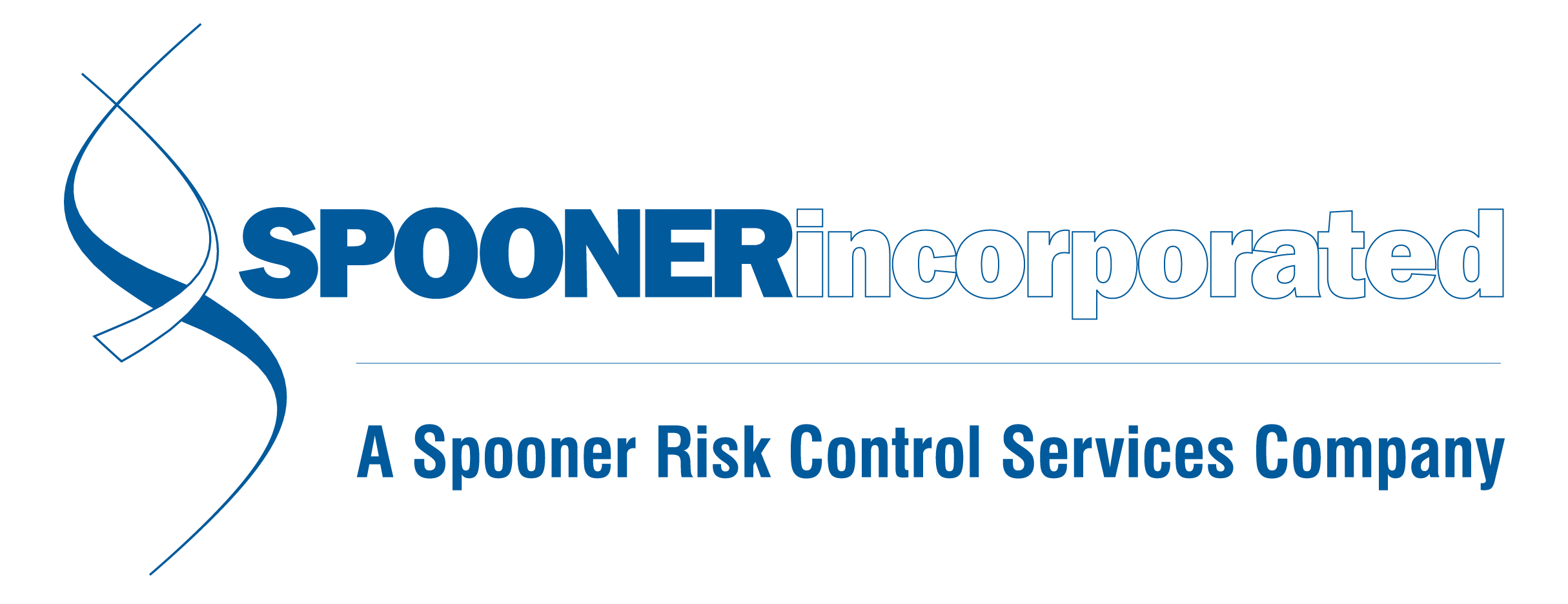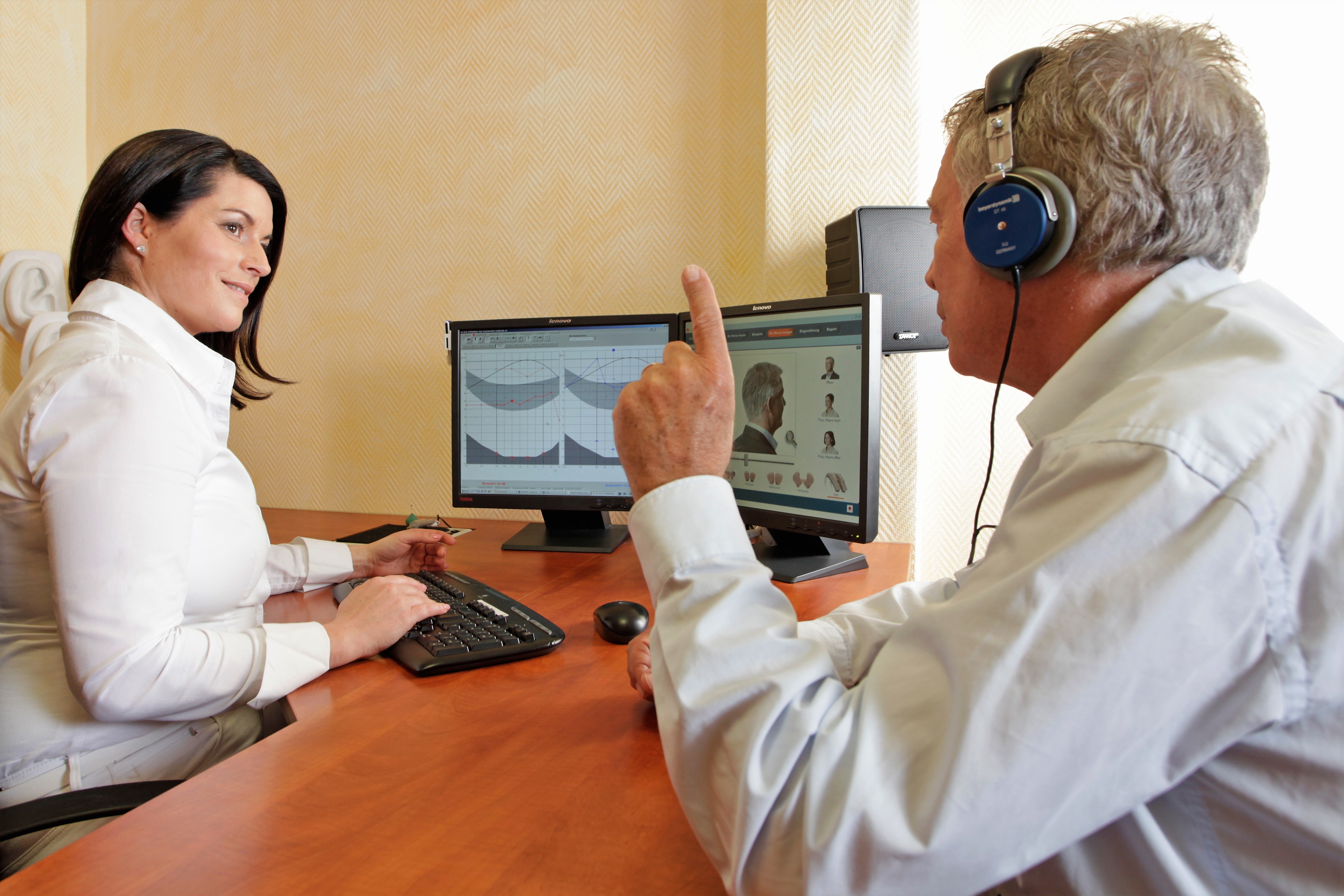News and Updates
Month: May 2022
If Your Company Isn't Offering a Retirement Plan - Why Not?
The pandemic has taught businesses a lot – patience, flexibility, ingenuity, and most importantly – the value of your employees. Now more than ever, workers (and candidates) have become very selective about who they work for, and what they expect from their employers. That could mean pay scale, paid time off, flexible schedules, health insurance, retirement plans and other benefit offerings. Some of these things are fairly easy to offer, and others more complicated or costly. One thing is certain – if you’re not competitive with benefit offerings, you stand to lose good employees to a business that is. The assumed cost and administrative work involved with setting up and maintaining a retirement plan is the reason many employers give for not offering one, or not making a move to a better plan. Spooner’s 401(k) MEP (multi-employer plan) gives businesses the ability to provide this valuable benefit with minimal effort and start-up costs. A multi-employer plan doesn’t mean it’s a one-size-fits-all plan design. Those details will still be determined by the employer with the guidance of our partner, Vantage Financial. Vantage acts as the co-fiduciary on the plan, and will provide you and your employees with the same helpful advice as they have with our own staff. From gauging what type of investor they want to be, to projections that can help them meet their goals - our teams will work together to help your workforce plan for the
Safety Council Resumes In-Person Meetings & Rebates
Along with the new Ohio BWC policy year beginning on July 1, 2022 – one of their most beneficial programs will return in earnest. In light of the COVID-19 pandemic, Safety Council meetings in Ohio went virtual in the spring of 2020, which also eliminated the rebates that the program boasts for both the 2020 and 2021 policy years. The logic was that true attendance is impossible to track with virtual meetings, and the rebates are intended for companies committing their time to learn more about creating safer working environments. While we’ve always championed safety, we also know that several businesses didn’t see enough ROI (without the rebates) to continue their membership to a safety council over the last two years. Participating in a local safety council is beneficial not just for the savings – but also the education, networking, and locating resources to aide your internal safety programs. Ohio businesses have until July 31, 2022 to sign on for the 2022 program. Your company can earn a 2% rebate on 2022-23 policy year premiums by attending 10 in-person safety council meetings. At least eight (8) of these must be attended through the safety council you’re enrolled with, and up to two (2) credits can be earned through attending BWC-sponsored in-person or virtual events, or in-person training from external sources like your TPA or trade organizations and Chambers of Commerce. Remember – in order to get the 2% rebate, your policy premiu
Medical Components of OSHA's Hearing Conservation Program
We’ve been talking a lot lately about OSHA’s Hearing Conservation Program, mostly due to the influx of Regional Emphasis Programs we’ve seen involving it lately. The program involves more than just noise sampling and providing hearing protection – there’s also a medical component. When an employer determines they need to participate in the conservation program, one of the first steps to take is finding a healthcare provider that can perform audiograms, or audiometric testing. A “baseline” or initial test will need to be performed on affected employees. This provides a starting point that future audiograms can be compared to, and will show if the employee is experiencing any changes in their hearing abilities. Baseline testing must be performed within six months of an employee’s initial exposure to sound levels exceeding 85 decibels (dB) over an 8 hour time-weighted average (TWA). Exceptions can be made on the time frame for the baselines if the employer utilizes a mobile testing unit. For baseline and annual testing, the worker should not be exposed to workplace noise for 14 hours prior to the audiogram. Employees’ annual audiograms should always be completed within one year of the baseline or previous year’s test. Employers should compare the annual test results to the baseline results to determine if the employee has lost hearing ability or experienced a standard threshold shift (STS). Not ev




